Renewable energy sources (RES), while still being in early development stages, are poised for significant growth in the coming decades, and the technology needed to integrate distributed green energy systems will be a crucial part of this expansion. According to a 2021 analysis by Markets and Markets, the global blockchain market is projected to reach a value of USD 67.4 billion by 2026. Grandview Research estimates that this sector will grow at a staggering rate of approximately 85.9% between 2023 and 2030, potentially reaching a value of 1.4 trillion dollars.
What is blockchain technology?
Simply put, it is a chain of closely connected, unbreakable blocks of encrypted data designed to make it easier to enter into business transactions, e.g., buy or sell electricity. Each such block has a reference to the previous block, and the information it contains is impossible to change or erase.
No central station, server or any other unit is involved in the exchange of information between the contracting parties. Every peer in the network (peer-to-peer) is simultaneously a user and server for the others. The database is kept only on the computers of the users, and information is exchanged using software designed specifically for blockchain technology.
By dispersing individual blockchains across various servers in the network, the security of the encrypted data is enhanced significantly.
Advantage of blockchain over analogue transactions
In the energy sector, blockchain technology will be useful for the settlement of transactions concerning the purchase and sale of electricity generated from RES between the prosumers. It will enable quick, advantageous and secure settlement of payments for green energy.
Transactions made by the interested parties will be completed instantly because they will not be processed by any central intermediary. Such trade without additional partners significantly reduces electricity costs. Thanks to suitable functions, the blockchain mechanism will enable the purchase of electricity and ongoing monitoring of electricity consumption. The consumer will be able to decide when to enter into the transaction and select appropriate purchase terms.
Blockchain – a solution that is good for the planet, for business and for the wallet
The energy sector is the second segment of the market, after cryptocurrency, where the potential of this technology is the easiest to notice. The energy market is built on large plants that produce energy, which means that the needs of the prosumers are not fulfilled.
The possibilities offered by blockchain technology are a step bringing us closer to a departure from the centralized model of electricity distribution. Thanks to the technology used to manage distributed energy, the prosumer will be able to generate electricity anywhere they want and use it wherever they need. The participants in such a market will also be able to sell the electricity they make at the most convenient time.
Losses and outages happening during the transmission of electricity via extensive distribution grids may disturb the energy supply in large areas.
The distributed model, based on microgrids supported by blockchain technology, is the solution of the future. Local producers of electricity will be able to supply it to their immediate environment. This will eliminate transmission losses, and potential outages will not disturb the stability of supply in large areas.
This will eliminate transmission losses, and potential outages will no longer threaten to impact large areas.












